
How Geneva Airport helped the international city take off
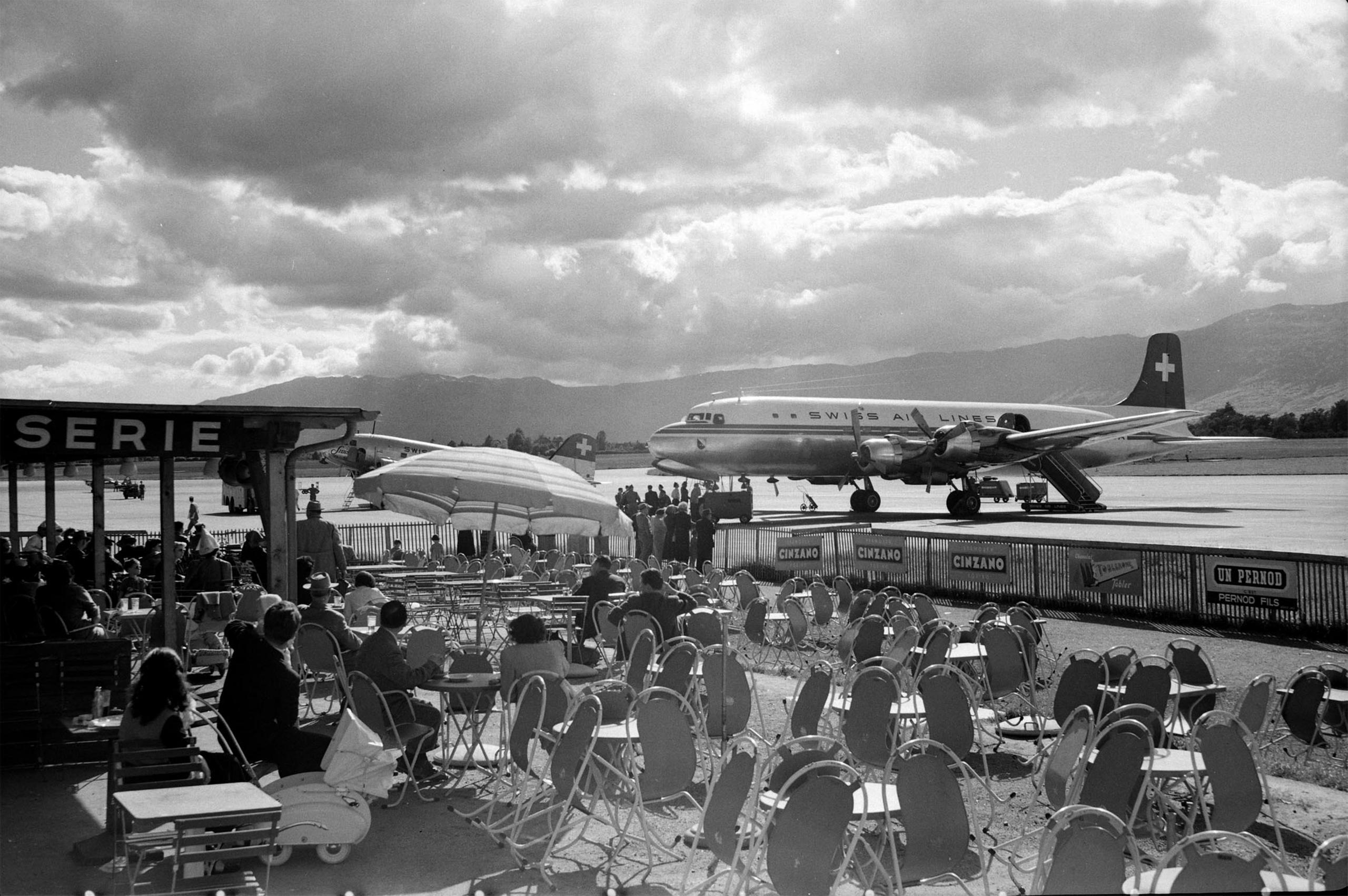
At 10:20am on September 23, 1920, Swiss pilot Edgar Primault safely landed his Haefeli DH-3 plane on a bumpy field north of Geneva, marking the official inauguration of Geneva-Cointrin airport. A century later, it’s become Switzerland’s second-busiest aviation hub – although it, like most of the world’s airports, is currently at a standstill amid the coronavirus pandemic and faces an uncertain future.
A new bookExternal link revisits the key phases of the airport’s development. Over the past century, the simple grass airstrip, with an administrative building, café and dormitory for pilots, has expanded into a sprawling international airport.
Western Switzerland was an aeronautical early adopter. Back in the early 1900s, flying machines and daredevil pilots, especially in neighbouring France, caught the public’s imagination. In Geneva, businessmen, politicians and bankers organised air meetings and helped set up flying clubs.
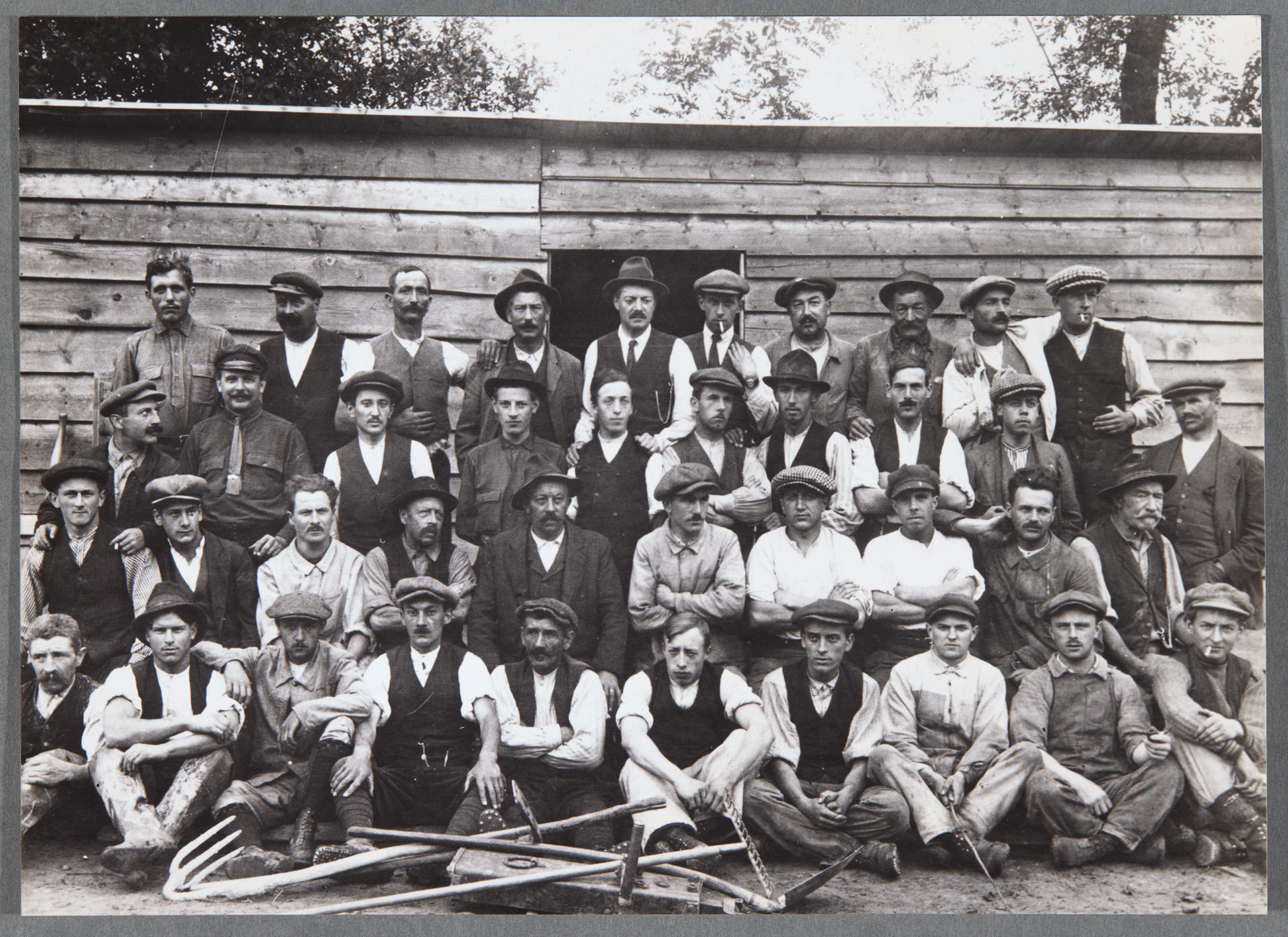
At the end of the First World War, the availability of bigger, more reliable planes and trained pilots meant that civil aviation – the transporting of mail, goods and passengers by air – was ready to take off. Seaplanes took advantage of Swiss lakes for take-off and landing, but it became clear that Geneva needed a proper aerodrome.
The Geneva government’s argument for an airport was massively strengthened when, in summer 1919, global powers decided the city should become the future seat of the League of Nations.
The local authorities swiftly approved a plan and funds to build an airport, and land at Cointrin was identified as the ideal location.
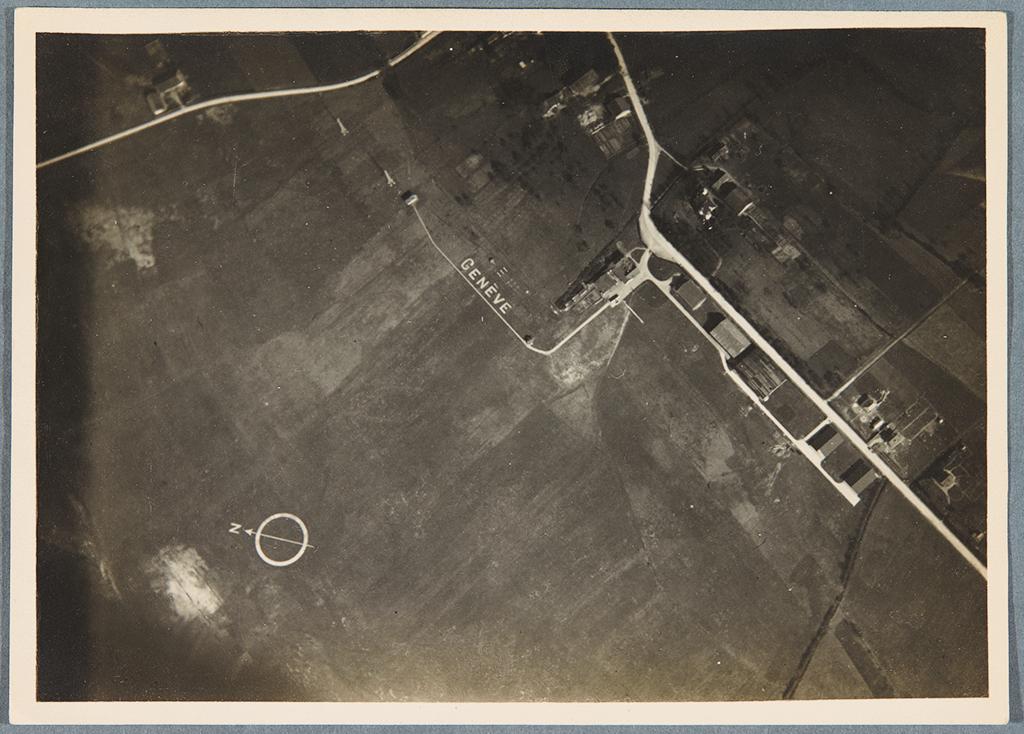
During its early years, civilian and military planes from other Swiss regions and abroad used the aerodrome. But the number of passengers was limited. Commercial flights only really took off from 1924 to places like Lausanne, Zurich, Paris, Lyon, Munich and Nuremberg.
But League of Nations officials appeared initially hesitant to use the airport. The Geneva government wrote to the League in 1922 to present its facilities and routes, and to enquire about its members’ future flight requirements. Yet according to UN archives, the reply was that pricey tickets and the limited number of flights – only operating in summer during the day – prevented the League from using this mode of transport more often. Instead, League members seemed to prefer the train.
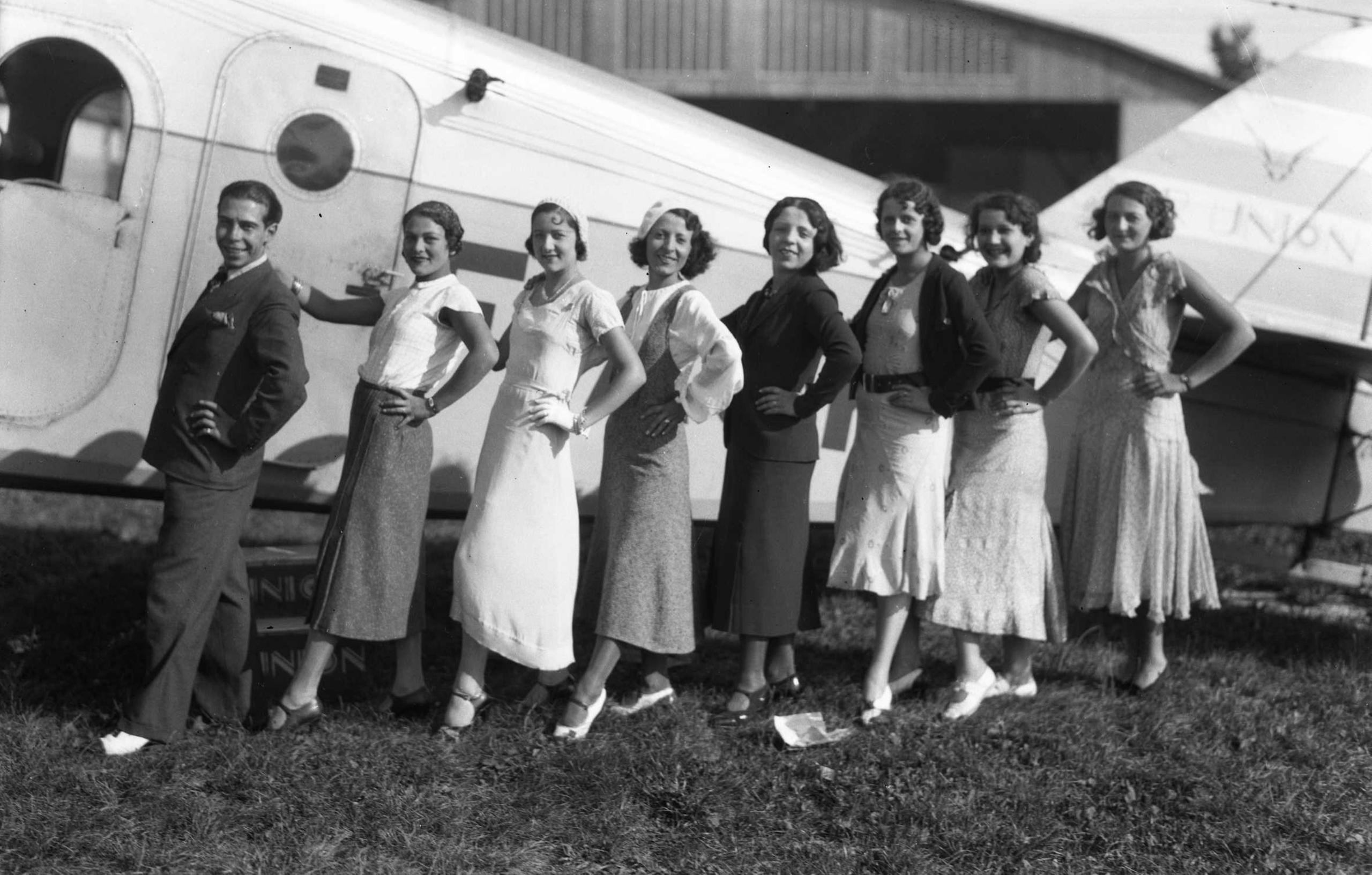
In the 1930s the number of airlines multiplied. Swissair, for example, was born in 1931. Larger planes were introduced, which meant Geneva Airport had to be extended and lit to improve safety.
As so-called International Geneva grew in stature and personnel – the secretariat of the League of Nations eventually moved into the newly-built Palais des Nations in 1936 – the airport became more important too.
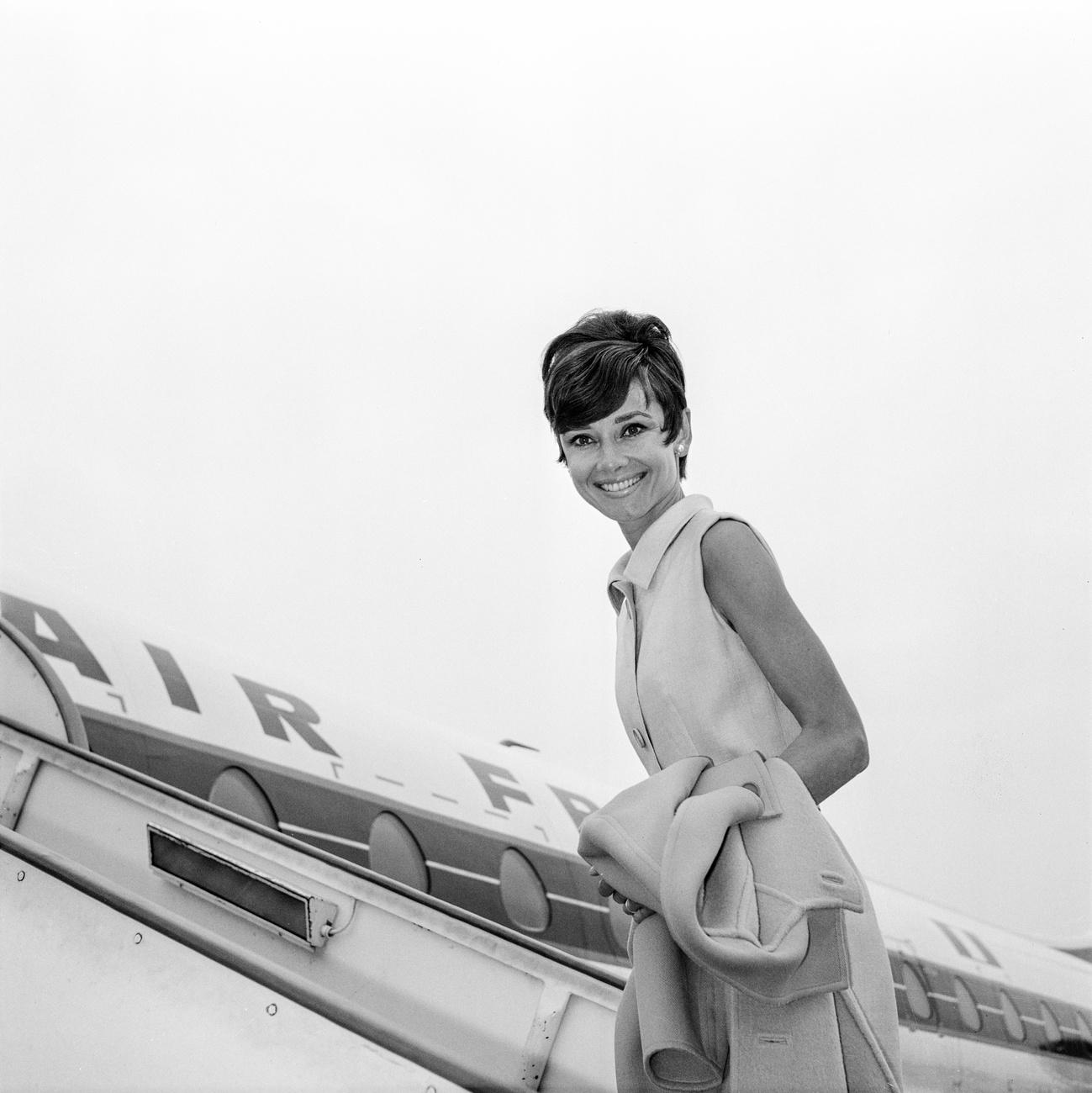
“From the middle of the 1920s until the beginning of the 1930s, the League of Nations, which saw the interest of aviation, imagined placing the airport under its control with a view to turning it into an instrument that would secure international relations in the event of conflict,” UN archivist Pierre-Étienne Bourneuf told the Tribune de Genève.
The project was never carried out for financial reasons. From 1945-1950, other international organisations moved to the city giving a boost to the airport, such as the World Health Organization (WHO) and the secretariat of the General Agreement on Tariffs and Trade (GATT), the forerunner of the World Trade Organization (WTO).
The outbreak of the Second World War put a brutal stop to commercial air traffic. Airports closed, including Geneva, but infrastructure work continued. At the end of the war, much of Europe lay in ruins, but Geneva with its long runway emerged as one of the best-equipped facilities.
Geneva’s location in the centre of Europe was ideal for long-haul commercial flights that started in the post-war era.
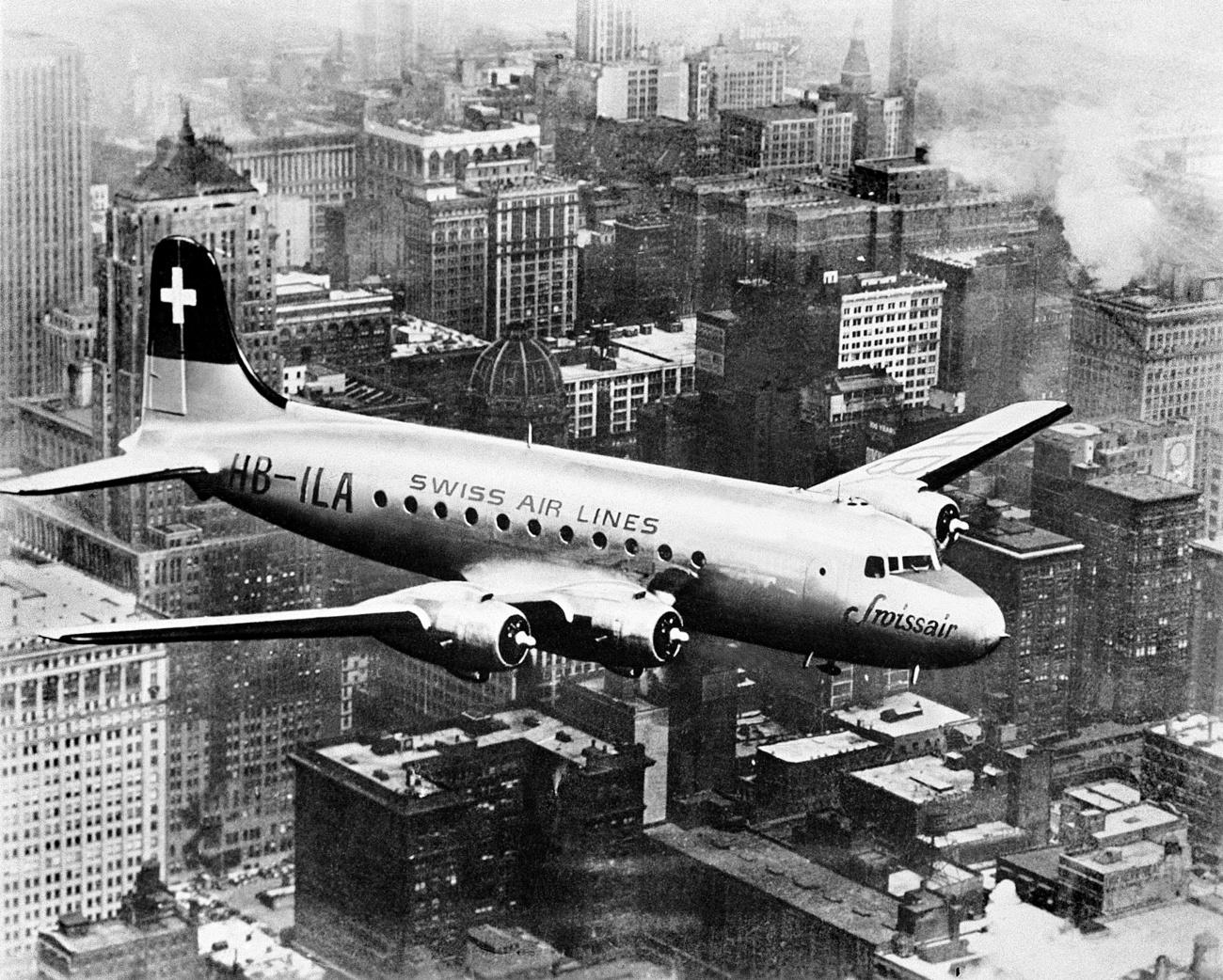
Geneva was Switzerland’s busiest international airport for a number of years, with the city hosting important guests and conferences. The federal authorities were nonetheless keen to build in an intercontinental airport in the German-speaking region. In 1946, work started on a new airport at Kloten, near Zurich, followed by the first flights in 1948.
Despite being heavily dependent on the national carrier Swissair (60% of traffic in 1952), Geneva started to feel overlooked in favour of ZurichExternal link, where Swissair had up to 1,500 employees, compared to just 250 at Geneva.
In years that followed, Geneva remained a major hub for Swissair long-haul flights. But in 1996 most of these were switched to Kloten, despite fierce protests from political and business leaders in western Switzerland.
It was not until the Swissair grounding in 2001 that Geneva Airport switched direction to refocus its strategy on the low-cost airline Easyjet, which now accounts for 45% of traffic, versus 15% for Swissair’s replacement Swiss International Air Lines (SWISS). Geneva Airport also worked to rebuild its network of long-haul connections with other airlines.
Over the past decade, Geneva’s modified strategy has borne fruit. Air traffic has doubled, terminals have been extended and facilities have been modernised. Geneva has strengthened its position as Switzerland’s second busiest airport with 57 airlines serving 149 destinations.
Traffic was expected to continue to rise, however, coronavirus has thrown a spanner in the works.

Newer, bigger commercial jet planes in the 1950s-1960s meant that the runway had to be further extended in 1960, resulting in a territorial exchange and agreement with neighbouring France. The airport lies entirely within Swiss territory, but its northern limit runs along the Swiss-French border and the airport can be accessed from both countries. External link
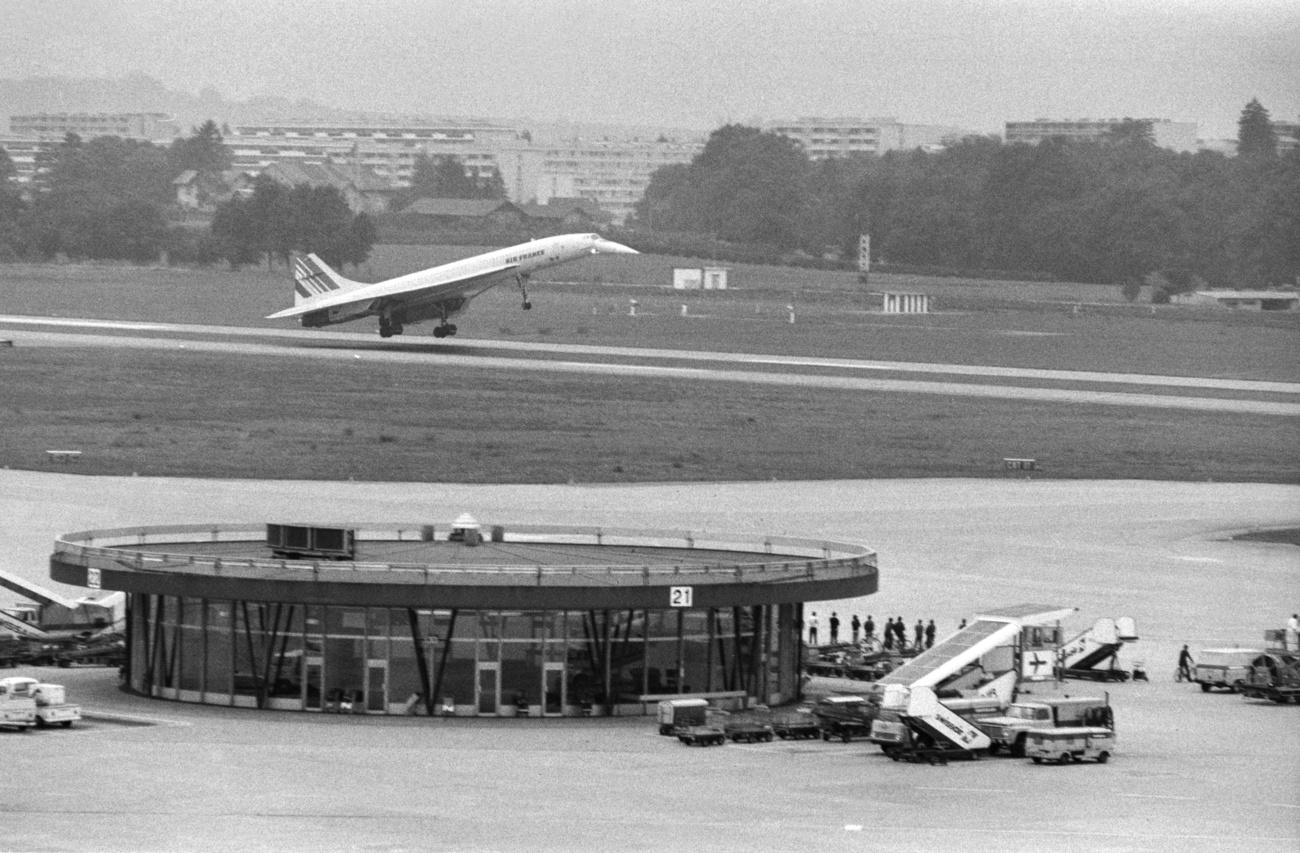
At Zurich, Switzerland and neighbouring Germany were involved in a decades-long controversy to reach an agreement over noise emissions and flight slots. The airport is just 20 kilometres (12.4 miles) south of the German border.
Sébastien Leprat, head of external relations at Geneva Airport, said the situation with France was very different.
“There are numerous different flight paths leaving the airport which impact both Switzerland and France,” he said. Cooperation with France is good and issues are dealt with on a regular basis between air traffic control agencies and inter-state coordination groups, Leprat added.
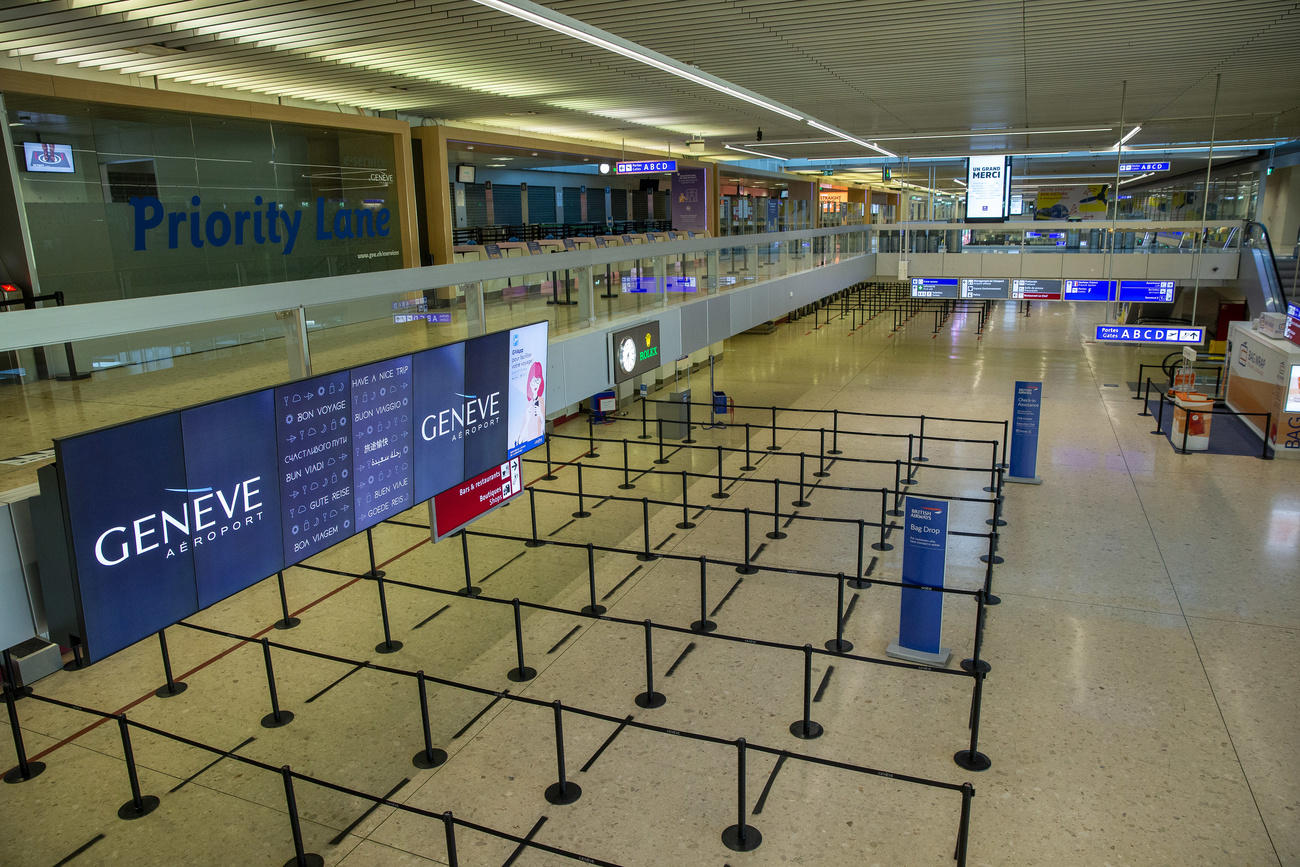
Future expansion plans at the airport remain up in the air, however. Prior to the coronavirus outbreak, officials predicted air traffic to increase from 18 million passengers in 2019 to 25 million passengers by 2030. But airport director André SchneiderExternal link only expects the airport to recover its 2019 passenger figures (18 million) in 2024.
Local environmental concerns are also likely to have a big influence in the years to come. These were on evidence last November when Geneva voters backed a local initiative calling for “democratic piloting” of the airport, including tighter controls on any expansion, with noise and air pollution becoming a higher priority.
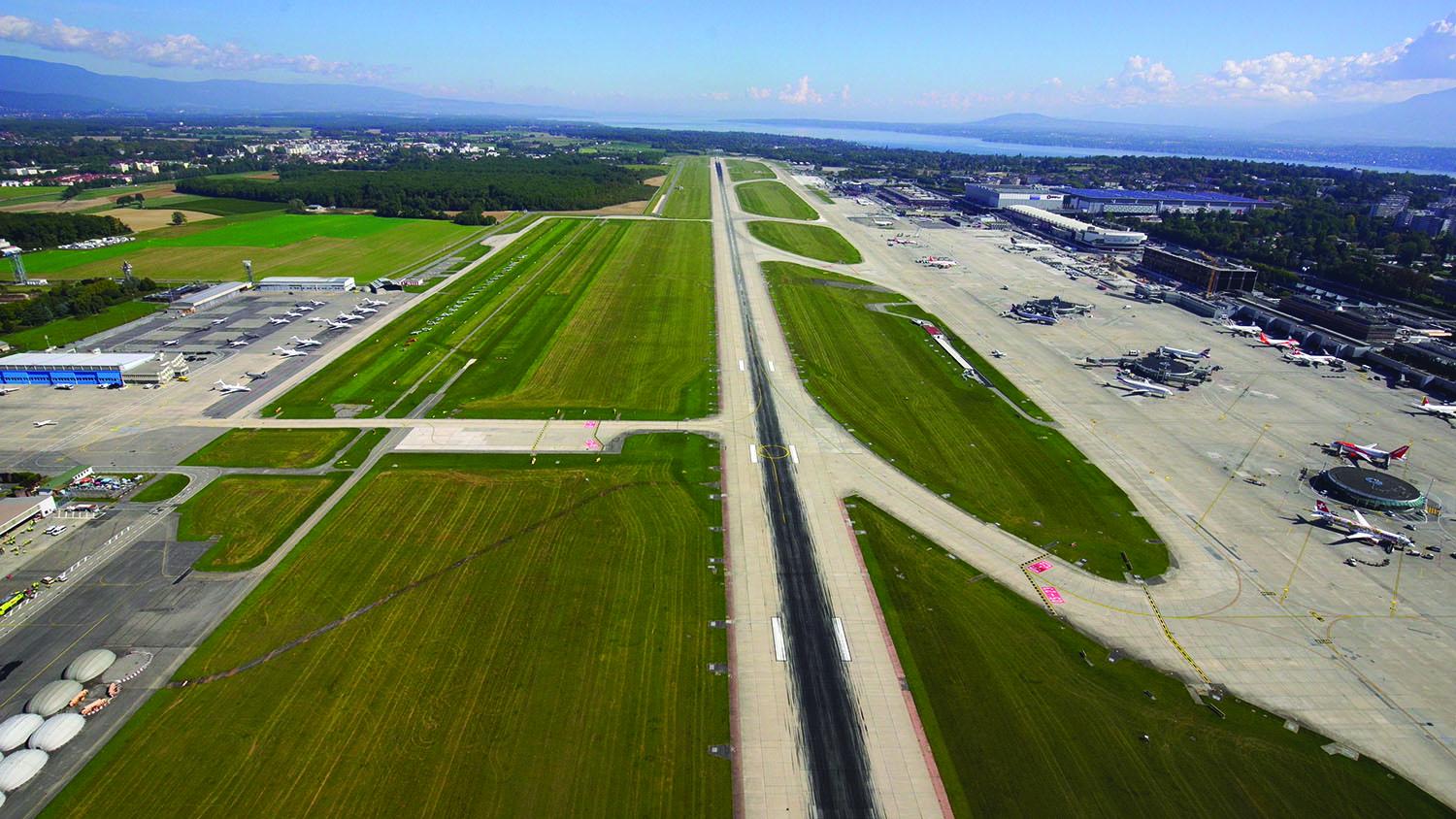

In compliance with the JTI standards
More: SWI swissinfo.ch certified by the Journalism Trust Initiative

































You can find an overview of ongoing debates with our journalists here . Please join us!
If you want to start a conversation about a topic raised in this article or want to report factual errors, email us at english@swissinfo.ch.